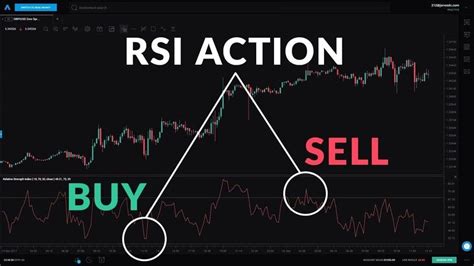Understanding Cryptocurrency Trading with RSI and MACD: A Technical Indicator Analysis
The world of cryptocurrency trading has become increasingly popular, driven by the rise of decentralized exchanges (DEXs) and the growing demand for digital assets. However, navigating this complex market can be daunting, especially for beginners. In this article, we will delve into the use of RSI and MACD technical indicators in cryptocurrency trading, exploring their strengths and weaknesses.
What are RSI and MACD?
Before diving into the analysis, let’s quickly review what RSI (Relative Strength Index) and MACD (Moving Average Convergence Divergence) are:
- RSI: A momentum indicator that measures the speed and change of price movements over time. It oscillates between 0 and 100, where high values indicate overbought conditions and low values indicate oversold conditions.
- MACD

: An extension of RSI, which uses two moving averages to smooth out noise and enhance the signal.
How do RSI and MACD work in cryptocurrency trading?
In cryptocurrency markets, both RSI and MACD can be used as indicators to identify potential buy or sell signals. Here’s a brief overview:
- RSI: When the RSI falls below 30, it may indicate that a cryptocurrency is experiencing rapid price increases (overbought condition). Conversely, when the RSI rises above 70, it may signal a decrease in price volatility.
- MACD: The MACD line can help to identify the strength of an uptrend or downtrend. A bullish MACD line crossing above the signal line can indicate a potential buy signal, while a bearish MACD line crossing below the signal line can suggest a sell signal.
Key features and considerations
When using RSI and MACD in cryptocurrency trading:
- Adjusting parameters: Both indicators have adjustable parameters to fine-tune their performance. For example, the EMA (Exponential Moving Average) period and the signal line settings can greatly impact their effectiveness.
- Time frames: RSI and MACD work best with longer time frames (e.g., 14-day or 50-day MA). Shorter time frames may not provide accurate signals in cryptocurrency markets with high volatility.
- Overlapping indicators: Using multiple technical indicators, like RSI and MACD, can lead to overlapping signals. This can be beneficial for identifying trends, but it also increases the risk of false signals.
Case studies: using RSI and MACD
To illustrate their effectiveness, let’s analyze a hypothetical example:
Suppose we are trading Bitcoin (BTC) with an average price range of $25,000-$30,000. We use RSI to identify potential buy and sell signals and MACD to help us navigate the trend.
Example 1: Buy signal
- RSI falls below 20 and rises above 70
- MACD crosses above the signal line
In this scenario, we may enter a buy position at $26,000. As the price continues to rise, our MACD line would likely cross above the signal line, indicating that the trend is likely to continue upward.
Example 2: Sell signal
- RSI falls below 20 and rises above 70
- MACD crosses below the signal line
In this case, we may enter a sell position at $25,000. As the price continues to fall, our MACD line would likely cross below the signal line, indicating that the trend is likely to continue downward.
Conclusion
Cryptocurrency trading with RSI and MACD can be a powerful tool for identifying trends and potential buy or sell signals. By adjusting parameters, using longer time frames, and considering overlapping indicators, traders can increase their chances of success in this fast-paced market. However, it is essential to remember that no single indicator is foolproof, and a well-informed trading strategy should always be combined with fundamental analysis and risk management techniques.
